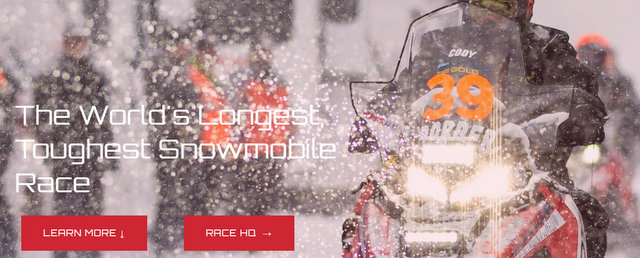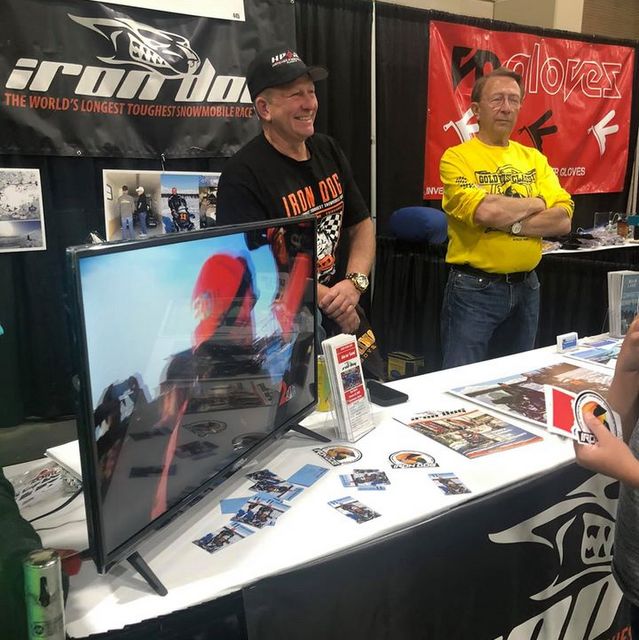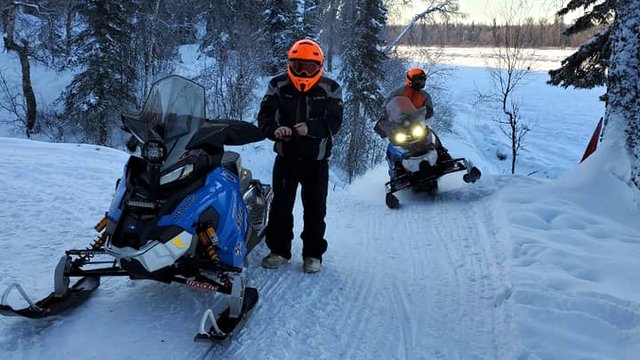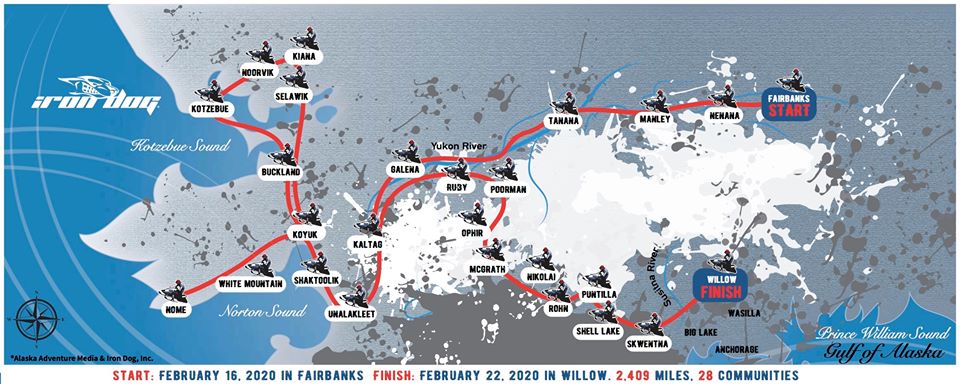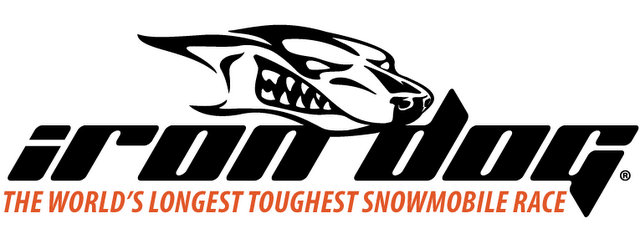Arnold, CA…We first sat down with David Wagner a few months ago just as he was starting his quest to run in the 2020 Iron Dog. We caught up again with him on Wednesday as he enters the final few weeks of prep and gets ready for the starting line. The rub in the past was that no one from the lower 48 was tough enough to even finish the Iron Iron Dog much less podium. Our interview and details on the Iron Dog are below…
Dave’s Bio..
David grew up riding sleds beginning when he was two years old. His Dad, Dave Sr. owned a snowmobile and motorcycle shop and raced all over the Lower 48. David said the first time he rode 100 miles per hour across Lake Viva Naughton, He knew he was Hooked!
David’s favorite place to ride is “The Sinks” in Logan Canyon. It has incredibly diverse terrain and the best powder we have found yet. Riding there really feels like going back to his childhood.
Riding snowmobiles, hunting, fishing, and spending time with his family are for sure his Top 4 favorite things.
He says he is grateful to have met so many amazing people in Alaska. The culture there is for sure something he wants to be a big part of. He is thankful for Pat Daniels who is full of information and enthusiasm. He knows we will be a winning team.
About the Iron Dog.
The first Iron Dog event started in 1984, in Big Lake following the Northern Route of the Historic Iditarod Trail to Nome. The event began as the “Iron Dog Iditarod”, but the name was quickly changed the next year to the “Gold Rush Classic”, in 1990 the race was recognized as the “Iron Dog Gold Rush Classic” for a decade until Tesoro Corporation became a title sponsor, thus recognizing the event as the “Tesoro Iron Dog”. Today, we simply refer to the race and ourselves as The Iron Dog. The event was sponsored by the Alaska National Guard from 2009-2016 which allowed the Iron Dog to grow significantly.
Today’s Iron Dog course distance is more than 2,400 miles, starting in either Fairbanks or at Big Lake or Willow, with a halfway stop in Nome and including a loop through the Kotzebue region, making it the world’s longest snowmachine race. Participants cover some of Alaska’s the most remote and rugged terrain while confronting some the harshest winter conditions. Survival skills are essential, and all teams in race classes are a team of two persons and two snowmachines for safety.
The Iron Dog offers a non-competitive trail class giving adventure seekers an opportunity to travel 1,100 miles on the Northern Route of Historic Iditarod Trail to Nome. These teams of two or more travel the same race trail as the Pro Class Teams.



